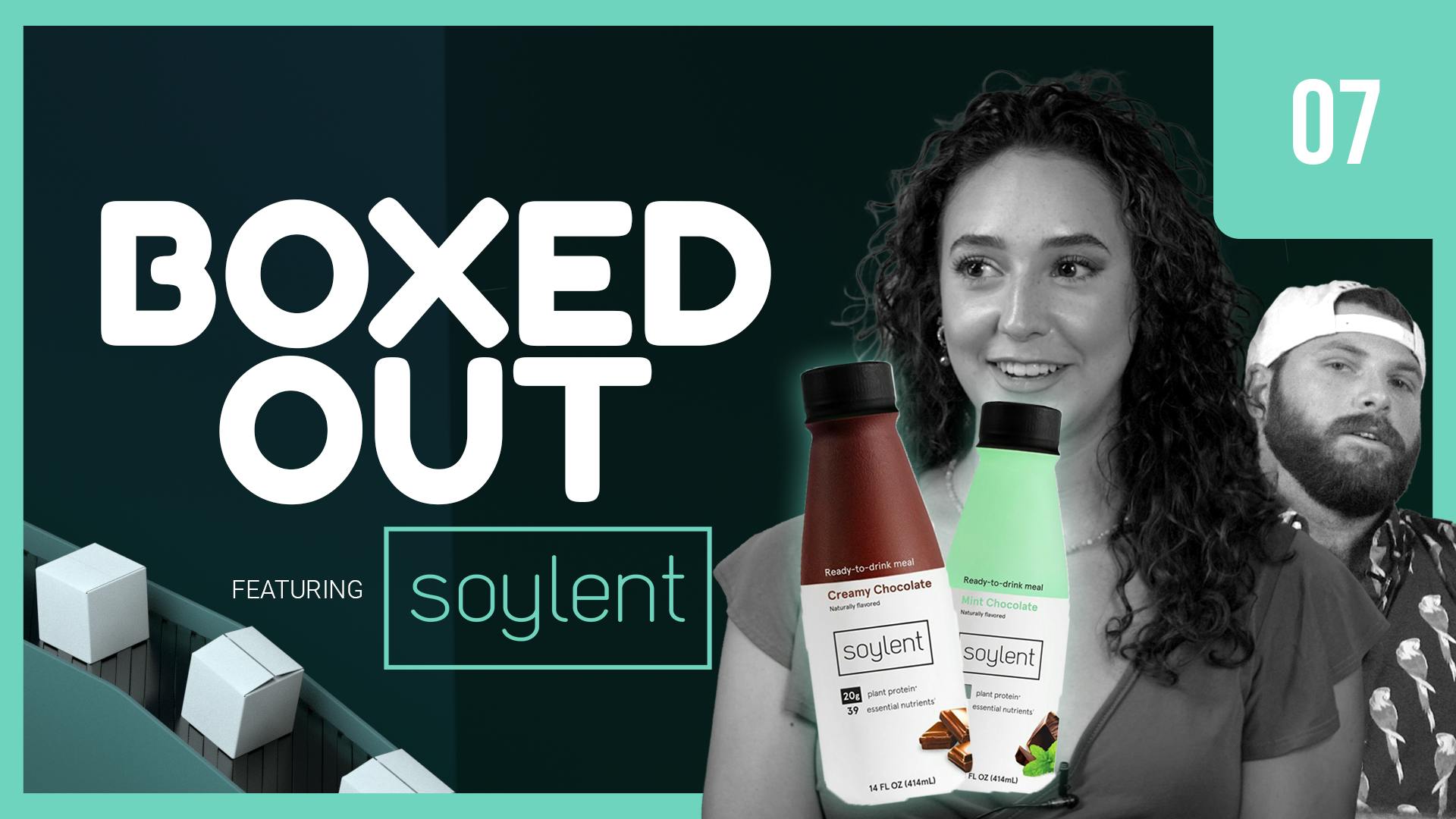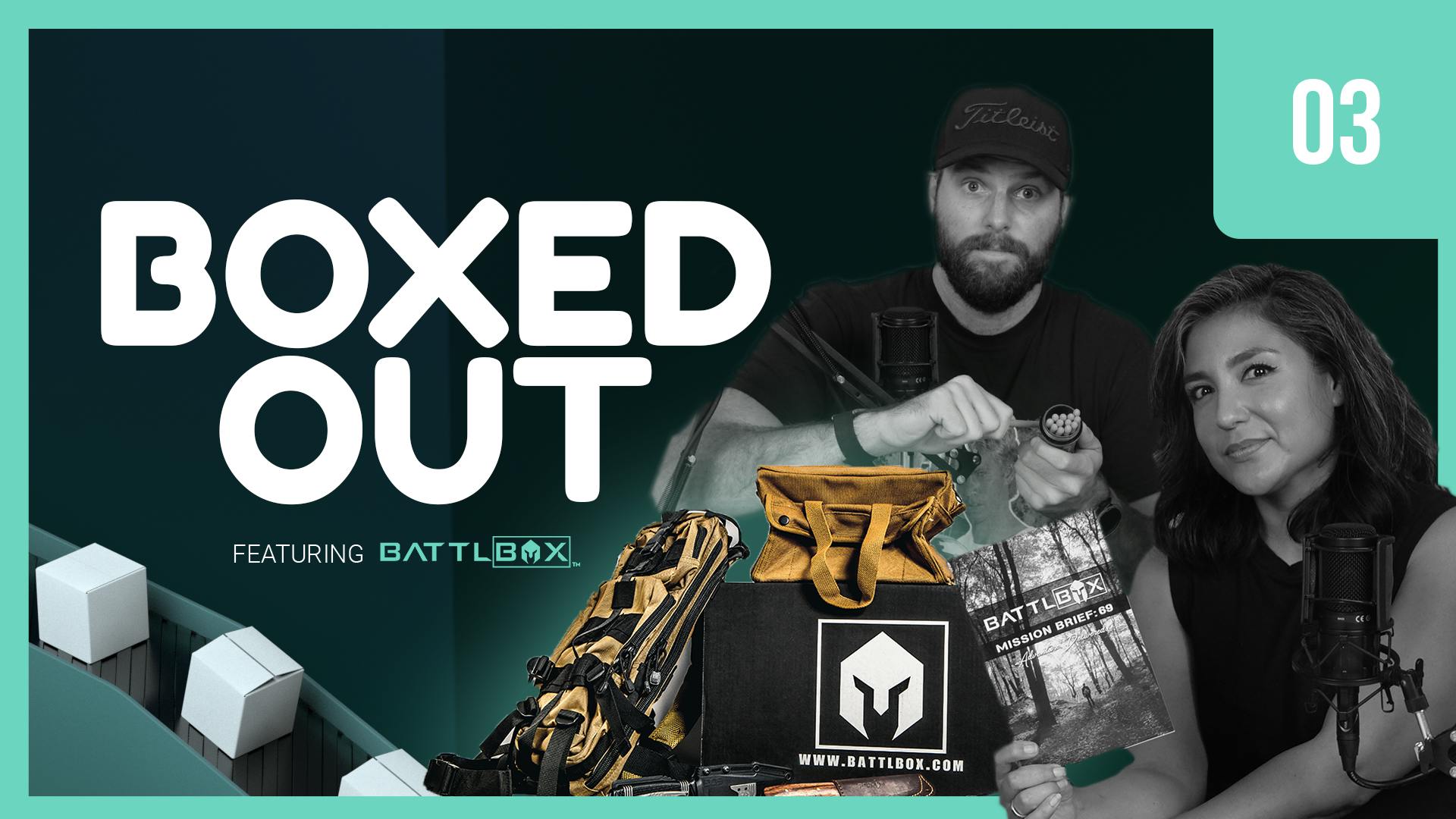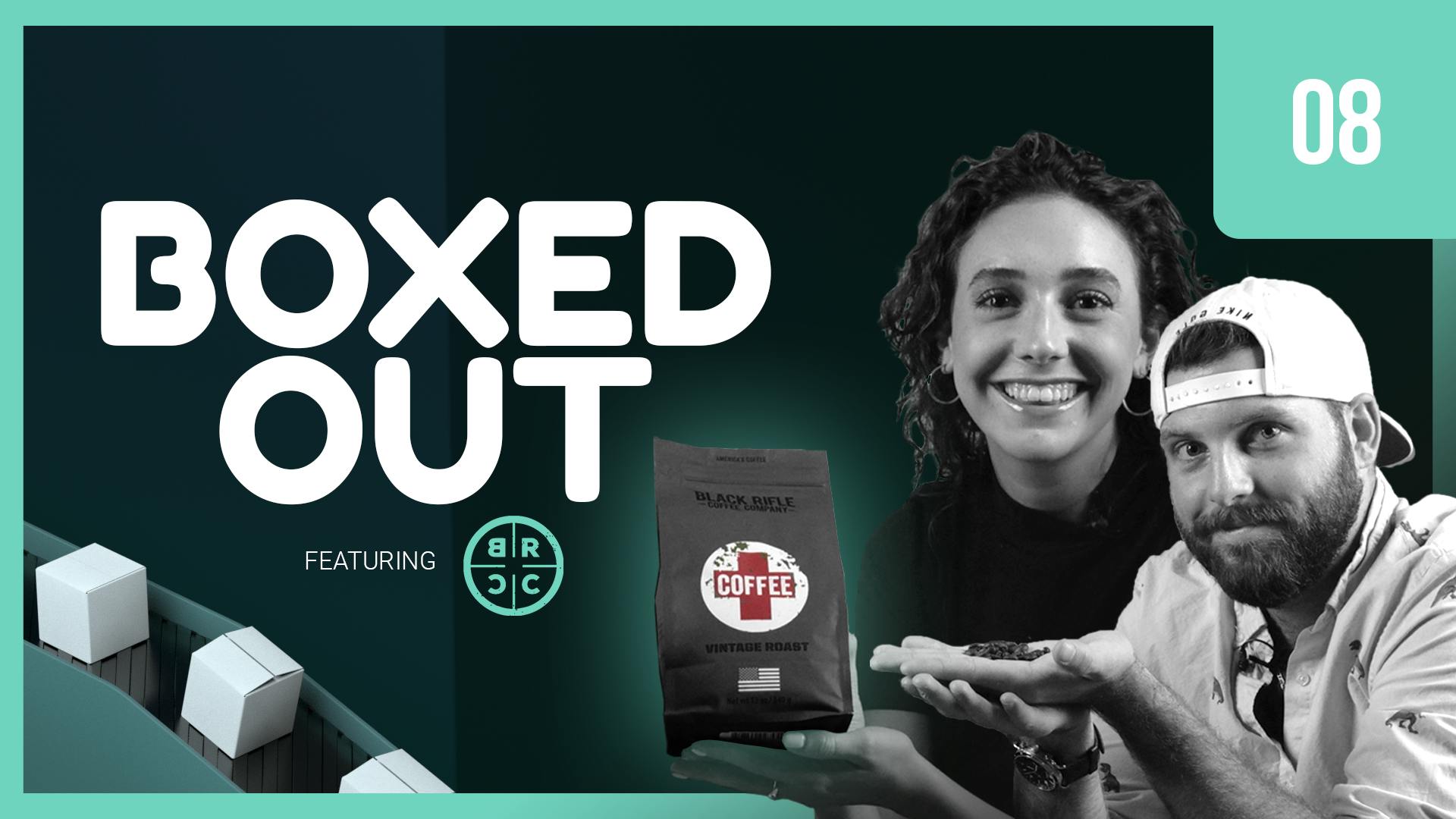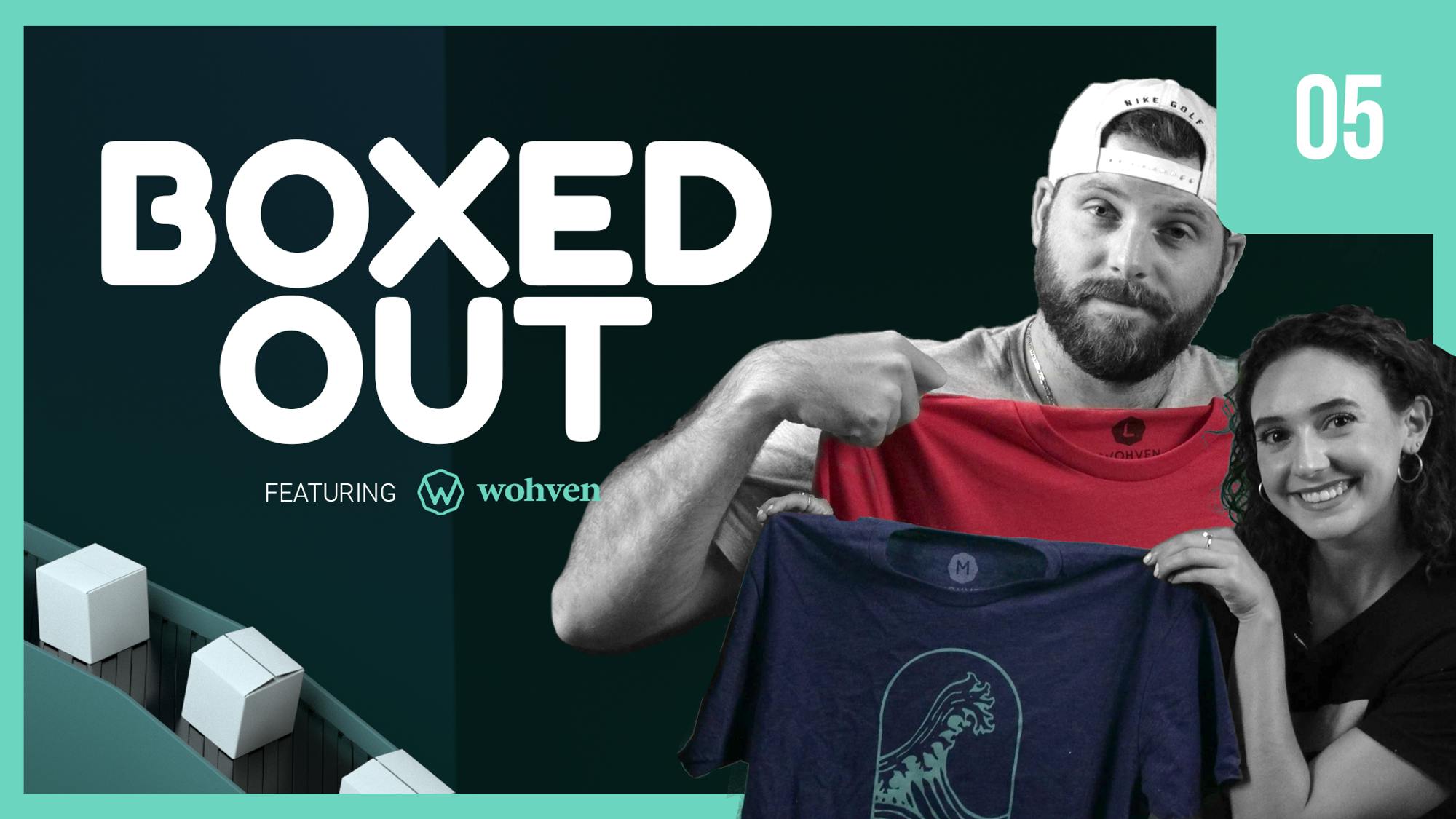
Bulletproof's retention, not so bulletproof
This episode might reference ProfitWell and ProfitWell Recur, which following the acquisition by Paddle is now Paddle Studios. Some information may be out of date.
Please message us at studios@paddle.com if you have any questions or comments!
Today we're talking about Bulletproof, a company that's taken on the multi-billion dollar wellness market by attaching to science and studies, rather than hollow claims. We're going to learn how Bulletproof used positioning and content to their advantage. Then we'll dive into what they do well with retention—and not so well, so you can learn for your own DTC brand.
Key takeaways:
Bulletproof should go into full community mode
Bulletproof does a phenomenal job with its content, as well as its branding and positioning. And with plenty of die-hard customers, there's a real opportunity to offer a paid community membership, independent of their current subscription. Community members typically have 30-60% higher lifetime value which comes from significantly higher average order value for both subscriptions and one-off purchases.
- Make the product a major part of people's identity.
undefined - Bulletproof needs to completely revamp their credit card failure process
Approach expansion revenue efforts more aggressively
Sometimes you just have to ask. Bulletproof has dozens of products they could and should be offering as add-ons in their flow. For such a simple optimization, this is a hugely missed opportunity by Bulletproof. Customers with at least one add-on or additional purchase tend to have 18-54% higher lifetime value.
- Deploy an onboarding survey suggesting specific products.
Bulletproof
Health is about feeling good, and wellness is about doing something more to feel even better. Today, the health and wellness industry is a multi-trillion dollar industry and biohackers have been called the new “pioneers of wellness.” Biohacking is said to be the next generation of wellness technology moving the needle on how we can influence genes, as well as our emotional state.
One of those biohackers, is Bulletproof founder, David Asprey. Asprey began his biohacking journey after struggling with his own health. After trying numerous diets and nothing working, he set out to “hack” his own biology. It was during this time that he ended up on a trek in Tibet, 18,000 feet above sea level at -10 degrees Fahrenheit. Delirious, David eventually stumbled into a guest house where a local made him a creamy cup of yak butter tea. Instantly he felt better and immediately got work to figure out this magical potion.
It took Aspery about about eight to ten years to perfect his own version of the yak butter tea. He posted the Bulletproof coffee recipe online in 2010, followed by the founding of Bulletproof 360 in 2013.
Bulletproof's success
Bulletproof’s exponential growth is attributed to two factors:
The first factor: Great content. Posting the Bulletproof recipe on Asprey’s blog in 2010 enabled it to spread from one biohacker to another on multiple online forums, slowly gathering a massive cult following—including celebrities.
Leading to the second factor of their growth: Great positioning. Asprey understands the power of content and uses it to strongly position Bulletproof as the go-to brand for the biohacking lifestyle.
Bulletproof products are backed by the latest research, ancient knowledge from Ayurvedic and Chinese medicine, and an unwavering commitment to quality ingredients. Offering the purest in coffee, supplements, foods, and technologies.
From soil to cup, Bulletproof beans are hand-picked and sorted, then they’re washed and processed to Bulletproof’s high standards. This commitment results in a great-tasting cup of coffee—every time. Additionally, all Bulletproof beans are purchased from Rainforest Alliance Certified farms, ensuring sustainable operations.
Biohackers, health fanatics, and celebrities all love and swear by Bulletproof’s products. Bulletproof went from a small blog to a multi-million dollar empire in a relatively short amount of time and continues to expand. With over 200 million cups of coffee served, it’s clear Bulletproof is doing a lot right. But what is it doing wrong? Let’s find out.
Bulletproof's retention review
Bulletproof does a lot of things well, but their retention strategy isn't bulletproof, pun intended. So many brands fall victim to an acquisition mindset—focusing too much on getting customers through the door rather than retaining them.
Why is retention important?
You spend half of your budget and time acquiring customers, but to be successful, you need to keep them. The beauty of the subscription model is that the relationship with the customer is baked directly into how you make money. If that customer is happy, they'll keep buying from you in the long term. If they're upset or not seeing the value, they'll cancel—quickly.
Plus, money talks here. Subscription ecommerce companies using the tactics we're going to talk about have 2x the customer lifetime value (LTV), 2x the average order value, and 3x higher growth rates, because they're not worried about plugging a leaky retention bucket.
To highlight the importance here, let's look through Bulletproof's retention strategy and break down what they're doing well, and not so well, so you can learn for your own DTC business.
Retention has three parts:
- Active churn, which are customers who are actively choosing to cancel your product.
- Expansion revenue, which are your existing customers that buy more product.
- Delinquent (or involuntary) churn, which are customers who's credit card or payment has failed, which sadly is one of the largest single buckets of where you're losing money.
Bulletproof's active churn:
When we look at Bulletproof's active churn, there are so many reasons why a customer may cancel—some you can control, others you can't. We want to make sure Bulletproof is not only setting up their customers for long-term retention in the initial purchasing process, but that they're also collecting information on why someone's cancelling, if they so happen to, in order to get a clean cycle of retention improvement.
Bulletproof is doing an average job trying to improve active retention and prevent cancellations.
The good:
Bulletproof's media and content is killer for retention—people who read, listen to, or watch content on health or social brands tend to buy all-in on a brand. And, they're apt to purchase additional commoditized products like coffee and such. I'm sure Bulletproof is reaping dividends from this content.
Additionally, Bulletproof is not treating their “subscribe and save” as a discount. They have a whole page dedicated to their subscription program that talks about the benefits of joining at 10% off, and control over the schedule of deliveries. They should take this further and maybe stair step the discount based on the number of items in the subscription, or add some exclusivity to subscribers as we've seen with other brands. But either way, it's a step up from what we've seen from other brands.
Needs improvement:
One other area Bulletproof does well, but could be optimized further is the off-boarding process. They at the very least have one, which is saying a lot compared to a good number of brands. But they should really pull this out into a modal that allows them to guide customers trying to cancel into other options. They're somewhat doing this now, but the design is a bit clunky and doesn't remind the customer of the value they'll be losing through a cancellation.
A strong cancellation flow is more important than most brands realize. After studying 1,000 DTC subscription companies, we found that those companies properly providing salvage offers and a clear off-boarding experience tend to save 15-30% more customers who go through a cancellation flow
We need to remember to take our offboarding as seriously as our onboarding, or other aspects of our site. They should also include win-back campaigns. They didn't send much in terms of “come back type messaging" when we cancelled.
Bulletproof's expansion revenue prowess:
Expansion revenue is crucial, because your existing customers are more than willing to buy 3x more from you—you just have to make sure to ask. Plus, those customers who have at least one add-on or additional purchase tend to have 18-54% higher lifetime value, meaning they're paying you more over the life of the subscription, but they're also sticking around longer, because they're more engrained within your product.
Needs improvement:
Bulletproof didn't do much here, which is a missed opportunity because they have dozens of products they could offer. They do have some starter packs, particularly for their coffee bundle, but there's so much opportunity to ask to add one to three other products to the cart based on the product chosen. It's such a simple optimization they should absolutely be doing. They could even do it on their order confirmation page, as we've seen other brands do.
Bulletproof could also tap into the whole concept of sampling. Sell me an add-on of a certain type of coffee ,or perhaps a single bar to try, or just anything. If you get me hooked on something, you can then send an email that asks how I liked the sample and then ask me to add a box or full package to my subscription. These are easy flows and when a customer is invested in your brand, you want to take advantage of that satisfaction.
One other suggestion is having some sort of community membership. Bulletproof's content targets die-hards and there's likely an opportunity for some powerful subscription revenue to a community membership.
Bulletproof's credit card failure flow:
Now let's talk about the sexiest topic in the world—credit card failures. We know you don't wake up sweating in the middle of the night thinking about credit cards—that's our job—but here's why we obsess over things like this: just under 40% of the customers that leave you are leaving you because of failed payments. To get these folks back, we want to make sure Boxed Water is treating these folks like a marketing channel, sending them messages before the point of failures, all the way to after the point of failure through email and text messages.
Needs improvement:
This is where Bulletproof has the most to improve. Their strategy here was super disappointing for such a powerful brand. We only received one email and the copy was very feeble, basically saying Bulletproof didn't have any problems, so the problem must be on the customer's side. It's not necessarily bad, but it’s not convincing a customer to fix the problem.
Instead, we'd want to see a four to five intelligent email drip over a 14-day period after the initial card fails, that eases the customer back and reminds them of the value they get from Bulletproof. Keep in mind that if you don't get updated payment information, these customers are not coming back. You can make this a great experience by spending some time on the copy here.
These emails should be plain text. We find plain text works much better than HTML, market-y emails. Have them come from a human being and make sure the copy really boosts the value of the product.
One other unfavorable piece—they're making customers log back in to update their credit card. This is a lot of needless friction and they should instead be sending you to a mobile-optimized form that simply takes the updated payment information. A lot of DTC customers don't actively log in to their accounts, so they forget passwords. Make the experience frictionless. Lastly, they should be sending SMS messages. We didn't get any of those for the payment failure.
Overall:
Based on what we're seeing, Bulletproof could double their recovery rate. We don't have perfect insight into their business, but that's likely millions of dollars in lifetime value. If we take a step back though, I think Bulletproof has done a fairly good job with their retention with some notable exceptions, so there's a bit of work to be done. They just need to take the talent they've applied to the brand, product, and experience, and apply it more to the retention side of their business.
Retention revamp
Let's revamp. First though, why do we feel we have any authority to even talk about this? Roughly 20% of the entire subscription market is using ProfitWell, so we're sitting on more data than anyone else. Simply put, we have the data to know what works and what doesn't, and we care more about this problem than anyone else out there.
Let's walk through three big things we'd change immediately about Bulletproof's retention strategy, so we can all learn for our own brands.
3 Takeaways
- Bulletproof should go into full community mode.
They do a phenomenal job with their content and podcasts right now, as well as their branding and positioning. But, it's time they go beyond their social presence to having forums, events, and the like. There's a very real possibility that Bulletproof could have a paid membership independent of their current subscription that could supplement their DTC subscription handsomely.
They have plenty of die-hard customers who would likely be willing to pay $5 to $20 per month for a subscription to a community that would then boost not only the lifetime value of their subscribers, but also get them to buy more, because they'd be deeper into their sphere. This is a great idea that wouldn't cost much and they already have 90% of what they need in terms of content and marketing resources.
Remember that the beauty of the subscription model is the relationship is built right into how you make money. Nurture that relationship and your cohorts will expand beautifully. - Bulletproof needs to completely renovate their credit card failure process.
They are needlessly leaving money on the table by doing the minimum. They’re not a small brand and should stop acting like one. They need four to five plain text emails that go out in an intelligent drip based on user behavior and data, after they realize the card has declined. They need SMS messages, they need to recognize and message expired credit cards, and they need to allow users to update their payment information without logging in. - Bulletproof needs to attack their expansion revenue more directly.
There are a good number of options here, but they could deploy an onboarding survey, similar to Dollar Shave Club, to suggest specific products. Alternatively, and probably much more easily, they could just add a modal that asks if you want to add a product or two to your subscription, based on your selection.
Sometimes you just need to ask. If they're nervous about putting something in the checkout flow, then they could put these add-ons on the order confirmation page. There's always a delay between an order and fulfillment, so asking customers to put an extra item or two into their box to get free shipping is a good incentive.
If Bulletproof can create such great content and brand identity—I'm confident they can apply these retention changes. I'm excited to see how they could potentially gain market share and improve recovery rates just by focusing more on retention.
Who's up next?
Next week, we're exploring a brand that delivers floral arrangements to you and your loved ones. We're boxing out Bouqs. So, make sure you subscribe to Boxed Out, and tell your friends so we can get this knowledge into the as many hands as possible.




